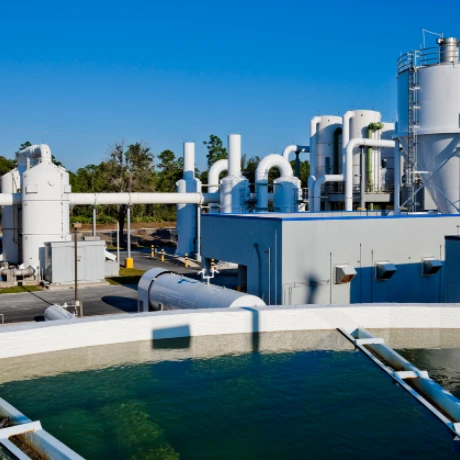



PAM Flocculant Applications and Benefits in Water Treatment Processes
The Role of PAM Flocculant in Water Treatment
Polymers such as Polyacrylamide (PAM) have become essential in various industrial applications, particularly in the field of water treatment. PAM flocculant, a type of water-soluble polymer, is widely recognized for its effectiveness in enhancing solid-liquid separation processes. The increasing demand for clean water, coupled with stringent environmental regulations, has sparked interest in the usage of flocculants like PAM in diverse applications like wastewater treatment, mining, and even in the food and beverage industry.
Mechanism of Action
The primary role of PAM flocculant is to aggregate fine suspended particles in water through a process known as flocculation. This occurs when the positively charged sites on the polymer interact with negatively charged particles in the water, leading to the formation of larger aggregates, or flocs. These flocs are heavier and can be easily separated from the water through sedimentation or filtration. This process not only improves the clarity of the water but also reduces the amount of chemicals needed to achieve the desired quality.
Advantages of Using PAM Flocculant
One of the significant advantages of PAM flocculant is its versatility. It can be tailored to meet specific requirements, with different molecular weights and charge densities available to suit various treatment processes. This adaptability allows organizations to optimize their operations while minimizing costs.
pam flocculant

Additionally, PAM is biodegradable, making it a more environmentally friendly option compared to traditional flocculants. As sustainability becomes an increasing priority for industries, the use of PAM not only meets the regulatory standards but also contributes to the reduction of environmental footprints.
Applications in Water Treatment
In the realm of wastewater treatment, PAM flocculant plays a crucial role in reducing the turbidity of effluents. By facilitating the removal of suspended solids, oil, and other contaminants, PAM enhances the efficacy of treatment processes, allowing for cleaner discharges into natural water bodies. This is particularly important for municipalities and industries that face strict regulatory compliance for environmental protection.
In the mining sector, PAM is used to aid in the removal of fines from ore, improving the recovery rates of valuable metals. Furthermore, in the food and beverage industry, it assists in the clarification of liquids, contributing to higher-quality products.
Conclusion
PAM flocculant has established itself as a vital component in modern water treatment processes. Its ability to efficiently aggregate suspended particles promotes cleaner water and supports various industries in meeting environmental standards. As the focus on eco-friendly practices continues to grow, the utilization of PAM flocculant is likely to increase, paving the way for enhanced sustainability in industrial practices. In summary, PAM flocculant represents a crucial innovation in the ongoing effort to improve water quality and contribute to environmental conservation.
-
Why Sodium Persulfate Is Everywhere NowNewsJul.07,2025
-
Why Polyacrylamide Is in High DemandNewsJul.07,2025
-
Understanding Paint Chemicals and Their ApplicationsNewsJul.07,2025
-
Smart Use Of Mining ChemicalsNewsJul.07,2025
-
Practical Uses of Potassium MonopersulfateNewsJul.07,2025
-
Agrochemicals In Real FarmingNewsJul.07,2025
-
Sodium Chlorite Hot UsesNewsJul.01,2025










